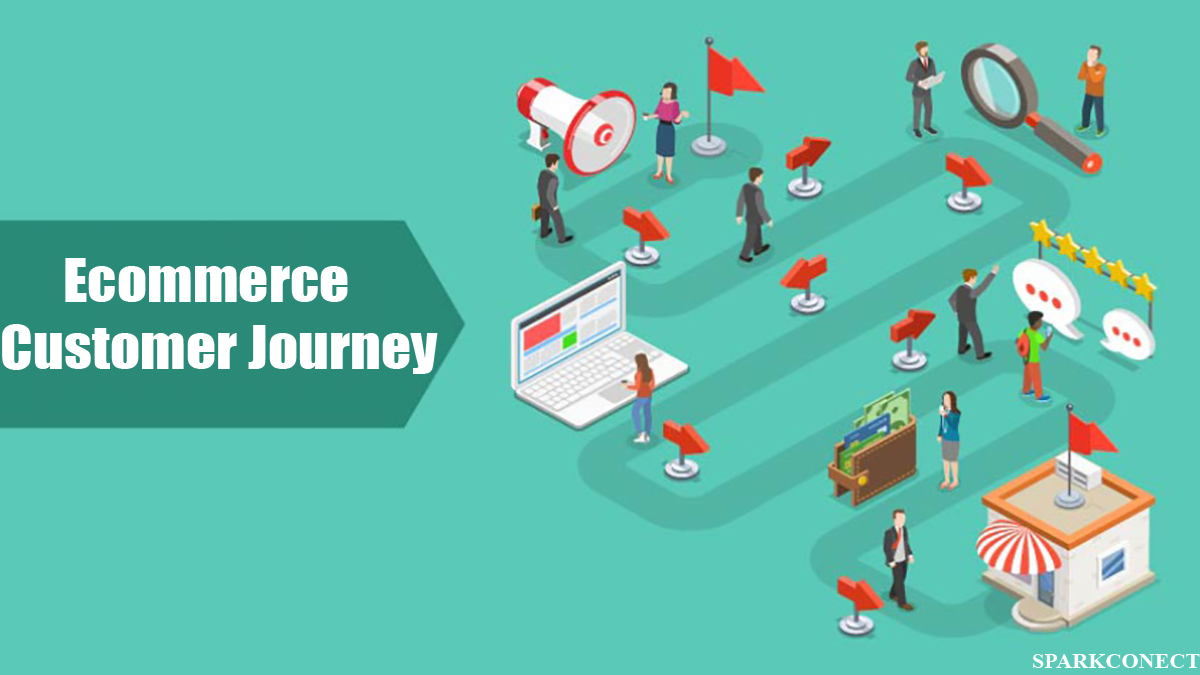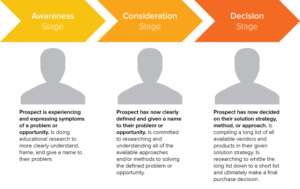Of all the business tools available to e-commerce businesses, the e-commerce customer journey maps are one of the most essential. And if it’s not already part of your e-commerce marketing strategy, you are likely losing customers and sales.
Ecommerce customer journey maps help clarify and develop important parts of the customer journey. It allows you to see from the perspective of your customers to allow you to improve nearly every aspect of their experience. A well-built e-commerce customer journey map leads to more conversions, revenue, and long-term loyalty.
In this post, I am going to be sharing how to successfully map out the e-commerce customer journey.
What is a customer journey Map?
A customer journey refers to your customer’s experience from the moment they first interacted with your business and services to when they receive after-sales marketing emails thanking them for their purchase. It is the entire experience a customer has in trying to purchase a product or service from your store.
On the other hand, a customer journey map is a visual representation that shows the stages a customer goes through when interacting with your business.
The map includes every possible way a customer can interact with your business. This can include word of mouth, testimonials, reviews Google ads, landing pages, social media channels, marketing emails,
An e-commerce customer journey map should help your business find answers to the following question
- How do customers discover your product?
- What research do customers do before making a purchase?
- What “moments of truth” lead to sales or abandonment?
- Do customers consider any of your competitors?
- Do customers have a positive experience on your site?
- How could you improve the experience?
- At what stage in the journey are you losing customers?
Customer journey mapping is important because it:
- helps understand needs pain points
- Help understand how customers see your business
- Helps create an awesome sure experience
- helps in understanding what customers needs
- gives ideas for relevant and appropriate marketing messages and content
Stages of the E-commerce Customer Journey
Image Source :Hubsport
1. Awareness
The awareness stage is the first stage a customer goes through when interacting with your business. Here it is assumed that the customer is a stranger to your brand. Therefore you have to leverage various techniques to direct customers to your site. This stage involves you monitoring how your customers first interact with your brand. which can include
- Being directed from social media channels
- Google ads and other forms of ads
- Through a search engine
- Through word of mouth
The goal of this stage is to understand that the customer is experiencing some kind of problem that needs to be solved. In finding solutions to this problem is conducts research on search engines or he sees customer reviews or come across some kind of ads that highlight some issues they didn’t know existed.
Let’s say, for example, that somebody is having trouble designing because of an outdated laptop. They see an ad from a prominent tech company offering a more sophisticated laptop with a 30% discount that guarantees an awesome design experience They are now in the awareness stage.
Alternatively, they may actively act on the problem and search for companies that sell lap[tops designed specifically to deal with graphics design. They conduct a Google search by typing “best laptop for graphics design ”and your company is listed in the results.
2. Consideration
The consideration stage begins when the customer is actively evaluating the solutions that you offer bearing in mind their pain points and how much they are willing to spend on a solution.
Note that people at this stage are likely to research outside of your customer journey. They will compare competitor products and review various websites to gain more information about theirs.
During the consideration stage, a potential customer sees your value, the type of packages of services and features that you offer.
3. Decision
At this stage, a customer has already decided to make a purchase. After reviewing the price, discount and features the customer feel they already have enough understanding about their problem and are ready to make a decision.
Abandoned cart emails, retargeting ads, and personalized on-site experiences are some of the strategies you can leverage to move potential customers from the awareness stage to the decision stage.
Ideally, at this stage, a customer should add a product to their basket and check out. Your job is to make sure that have a smooth user experience that will allow them to make their purchase to avoid cart abandonment.
Try to use strategies like free shipping, warranty, return form etc to encourage your customers.
4. Retention
After a customer buys your product, their experience and decision to buy from you again rely solely on the quality of your product and customer service.
This depends on how a customer evaluates their order once they receive it. The condition in which your customer receives their order will determine the extent of the involvement of the customer service.
for example, if a customer decides to return a product or their product got sent to the wrong address and your customer service handled it very poorly, they might not buy from you again. But if all goes well, they will probably leave a positive review
Once you’ve delighted your customers, they start to see you show up online, and want to engage with you, they’ll buy from you again and again.
5. Advocacy
At this stage, the customer has made a purchase and have entered the loyalty stage. This is where you leverage your customer retention strategy in turning one-time buyers into loyal customers. You can encourage your customer by:
- Connecting with them on social media channels
- Encouraging them to subscribe to your Youtube channels, blog, newsletter, or podcast
- Requesting feedback, testimonial and reviews
- Offering membership discounts and exclusive offers



One thought on “5 Stages of the E-commerce Customer Journey”